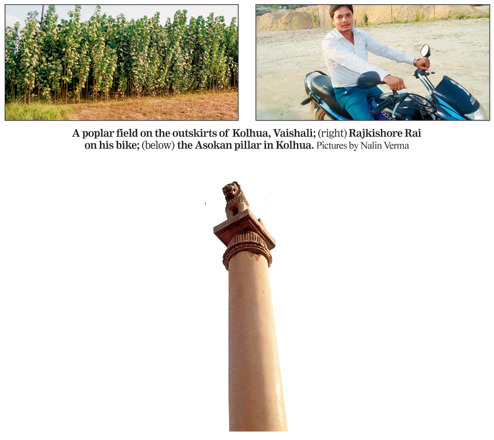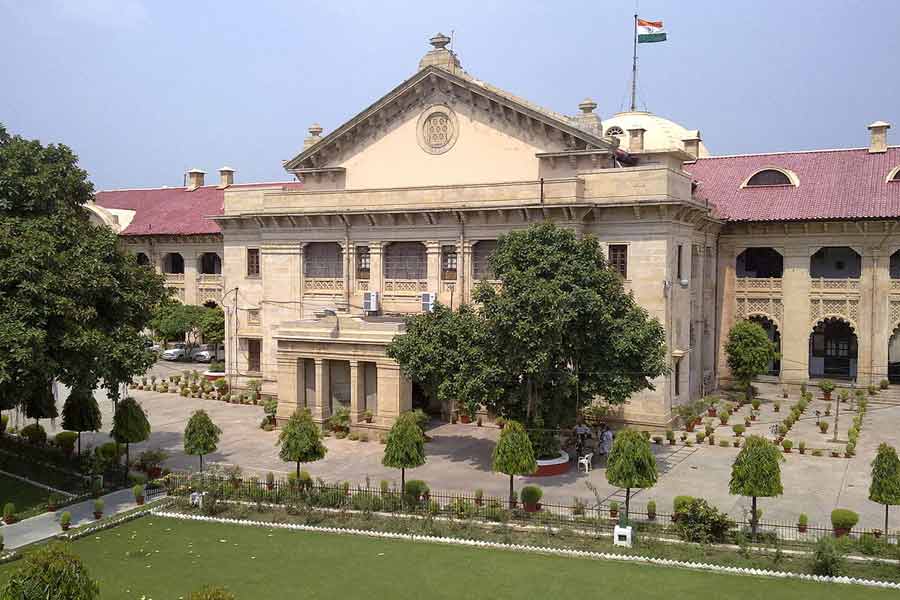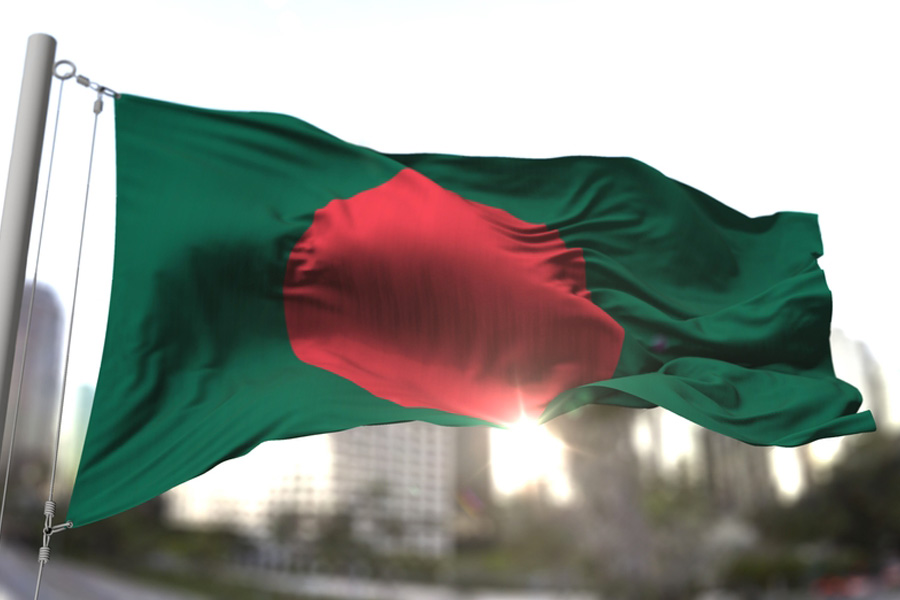![]()
Illegal sand mining is going on rampantly with the government doing virtually nothing to check it in a way adversely hitting the ecology of Ganga and its course.
Though the National Green Tribunal (NGT) has mandated environmental clearance for sand-mining activities through its order dated August 5, 2013, no such practice is being followed in the state, leaving rivers like Ganga exposed to the sand mafia.

Sand mining, mostly illegal, is rampant at various places along the banks of Ganga, including Maner, Danapur, Digha, Alamganj and several ghats in Patna City such as Kali Ghat, Damriyahi Ghat and Mahavir Ghat. Illegal sand mining has lately started at the sandbar in Ganga behind Patna University as well.
Hundreds of tractors laden with sand dug from the banks as well as the main course of Ganga from such places provide daily supply for the construction sector in and around Patna. The sand mining at these places is at times done during the night and under the supervision of henchmen of those running the business.
While sand mining has been going on rampantly in the state involving gun battles among the miners, the State level Environment Impact Assessment Authority (SEIAA) has received not a single application for environmental clearance till date.
"As environment clearance is required for earth mining activities in brick-manufacturing and road-widening works, it is required for sand mining activities as well. However, we have not received a single application till date for sand mining," said R.K. Sinha, a member of SEIAA.
Even the Supreme Court in 2012 had banned any kind of mining of minor minerals, including sand, without environmental clearance from the Union ministry of environment and forests.
The unabated sand mining activities in Bihar, especially Ganga, have irked environmental experts.
"Unregulated and excessive removal of sand has caused soil erosion, riverbed coarsening and channel instability of Ganga," said Ashok Ghosh, the chairman of the state-level expert appraisal committee - the technical panel of SEIAA.
Experts working in the field of conservation of Ganga have claimed that though the river basically has white sand - used mostly for earth-filling purposes, red sand coming from its tributaries like Sone is also getting mixed in the river along the city. The red sand has high demand in the construction sector. Sone meets the southern channel of Ganga at Haldi Chhapra, the west of Maner.
"Over the past few years, it has been observed that a huge volume of the red sand is getting deposited in Ganga as well. The deposits of economically viable red sand is attracting the miners, as they are getting it near the city, for which they had to earlier go to Sone and Kiul rivers," said R.K. Sinha, who is also the professor of zoology at Patna University, who has worked extensively on the Ganga and Gangetic Dolphins.
Over the past few years, rampant sand mining along the northern bank of Ganga - on the opposite side of Maner and Digha - is pushing the river away from the city.
"It has lately been observed that sand mining has been rampant on the northern bank of Ganga between Maner and Digha areas. As a result, more water is flowing into the northern channel of Ganga. This in turn is leading to shrinking of the southern channel of Ganga, which flows along the main town area in Patna," said Sinha.
Local miners are excavating the sand even from the middle of the river using country-made boats and buckets.
"Hundreds of labourers can be seen carrying sand on country-made boats dug from the centre of Ganga along its main course at places like Maner and Digha. Heavy iron buckets are dropped inside the river using strong rope and bamboo-made pulleys to pull it back once it is filled with sand. The sand on the riverbed is considered to be of better quality for construction purposes, as it gets cleaned by the flowing water," said Ghosh.











